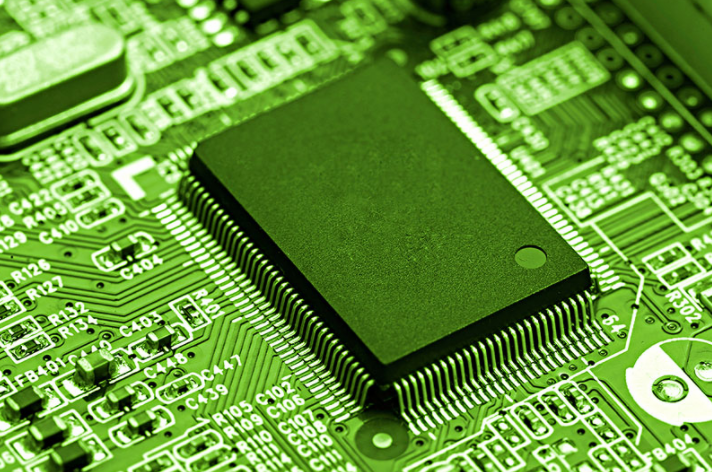This article introduces the types of industrial PCB circuit boards based on layers from single-layer, double-layer, and multi-layer
Layer-based industrial PCB types:
PCB manufacturing is usually much more difficult than designing a PCB. Over time, designers try to figure out how to design a single circuit by integrating multiple circuits on the same platform.
With the innovation of new technologies, PCB manufacturers are facing increasing challenges.
Depending on the complexity of the circuit, the PCB can range from a single layer to 8 layers.
In some very complex circuits, the number of layers will exceed 8 layers. According to requirements, different PCBs are used in different situations.
Single layer PCB:
It is based on a single-layer substrate. The copper foil is attached to it.

The solder mask serves as a protective layer. The names and values of different components are marked with the help of silk screen.
One of the biggest advantages of a single-sided PCB is its low manufacturing cost.
The single-layer PCB structure is very simple and is used for low-configuration system operations, such as relay modules, infrared sensor modules, single LED modules, etc.
Because it is not suitable for high configuration system operation, it is rarely used in industrial operation.
Double-layer PCB:
This type of board has a substrate layer and two conductive layers.
The conductive layer is located on each side of the substrate layer.
The connection between the two layers is made through holes.
In this case, in most cases, surface mount technology is used to place components on both sides of the board.
Because it allows components to adhere directly to the surface.
The structure of a double-layer PCB is more complicated than that of a single-layer PCB, and can handle slightly more complicated tasks than a single-layer PCB.
It is widely used in power monitoring systems, test equipment and amplifiers. Double-layer PCBs increase operational flexibility and practicality, and help build denser circuit designs.
Because of its durability, reliability and ability to handle complex tasks, it is used in many industrial applications.
Multilayer board:
Multi-layer PCBs have more than two conductive layers.
In a multi-layer PCB, there is a core substrate, and the first two layers will be attached to the core substrate with adhesive or high temperature and high pressure like a double-layer PCB.
The remaining layers will be connected to them and insulated by a thin insulating material.
Multilayer printed circuit boards are used to realize more complex circuit and wiring combinations. According to needs, the number of layers of these PCBs can range from 3 to 8 layers.
In some cases, it can have more than 8 layers. Due to its higher assembly density, the smaller size is more popular than the other two types of PCBs.
Most manufacturers use this PCB format to achieve super complex PCB designs. This type of PCB is widely used in almost all types of industrial applications.
One of the biggest advantages of these types of PCBs is that they can easily handle very complex tasks and can easily run high-configuration systems.